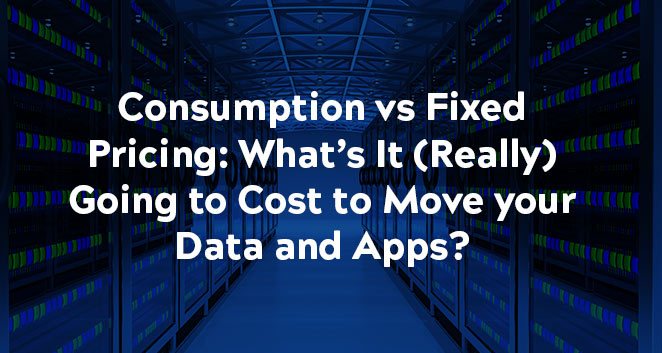When choosing an integration platform as a service (iPaaS), there are both technical and financial decisions to make.
Do you want a platform that moves just data or just applications? One that does both? How many apps are you planning to integrate, and how much data will you be moving? What’s it going to cost you upfront and long-term?
Once the technical decisions have been made, budgetary ones come into play. Before you build a business case or sign off on funding one, here’s what you need to know about iPaaS pricing.
Consumption pricing
At first glance, consumption pricing (or pay only for what you actually use pricing) looks really attractive. And, if you’re a small company that is only going to be moving small amounts of data or applications, this may be perfect for you. Here’s a closer look:
Pros
- Low entry cost – you can get started for a small upfront fee
- Lower initial investment overall
- Assurance that you won’t be paying for what you don’t use
- Flexibility for situations where you really don’t expect to be moving large amounts of data or connecting many apps, in the near future
- Ability to scale up as your needs grow (for higher fees)
As you can see, lower initial investment and knowing you won’t be spending money on something you won’t use can be a great match for Series A startups and small businesses that aren’t to the point yet where they expect fast growth or surges in data volumes.
Cons
- Challenging to forecast usage rates and costs
- Makes it nearly impossible to predict an ongoing budget
- Costs skyrocket when usage increases or demand spikes
- Higher long-term costs that keep going up as business scales
- Makes business growth and innovation expensive
Consumption pricing feels great in the beginning but can become a nightmare when your business scales and you get unexpectedly high bills from your iPaaS vendor. The more you grow the more you pay, and this cost will eventually have to be reflected in what you charge your customers for goods and services. This can negatively impact your customer experience and your ability to be competitive.
Many businesses underestimate how much data and applications they will actually use and get caught off guard when consumption pricing costs rise sharply. For CFOs, it can be impossible to confidently predict the next few years of app and data integration costs, which makes it difficult for the business to make strategic decisions and plan effectively.
Again, consumption pricing is great if you’re small and not growing quickly. But for fast growth companies and enterprises, unpredictability and increasingly high costs make consumption pricing something to avoid.
Fixed pricing
Fixed pricing is like your unlimited data plan on your phone. You pay one predictable monthly rate, and often a higher upfront than consumption pricing, but you get the assurance that you can move as much data and connect as many applications as you wish and never be charged more. For fast-growth companies and enterprises, fixed pricing creates peace of mind that your data and application integration needs are fully covered and will be, no matter how fast you scale or demand spikes.
Pros
- Set rate stays the same no matter how much your usage changes
- Predictable integration costs make forecasting easy
- CFOs have solid fixed costs for confident budget planning and strategic decisions
- Unleashes innovation as developers can create solutions without having to worry about integration costs
- Makes scaling and going to market faster and easier
- Makes business growth less expensive
The benefits of fixed pricing are for businesses committed to solid growth and focused on being major players in their markets for years to come. App and data integration is considered integral to their growth strategy and their commitment to delivering exceptional customer experiences.
Cons
- The higher upfront cost can appear unappealing compared to consumption pricing at first glance
- Not suitable for small or slow growth businesses
Ask for clear pricing estimates
When choosing an iPaaS, make sure that the vendor clearly details their pricing structure and you know exactly how and when you will be charged, and how this might change over time as your app and data needs evolve and your company grows. If considering consumption or comparing to fixed pricing, make sure to run estimates based on higher volumes of data than you need now. Imagine what your ideal high growth scenario would look like and get an estimate of that cost. The vendor should be able to provide you with multiple scenarios. Fixed-priced vendor costs will be clear upfront and since you pay for unlimited usage, you won’t need to run various scenarios.
SnapLogic uses the fixed-rate pricing model for unlimited data and application integrations. To learn more about how we can help you control your integration costs as you grow and scale your business, get your customized iPaaS pricing.









